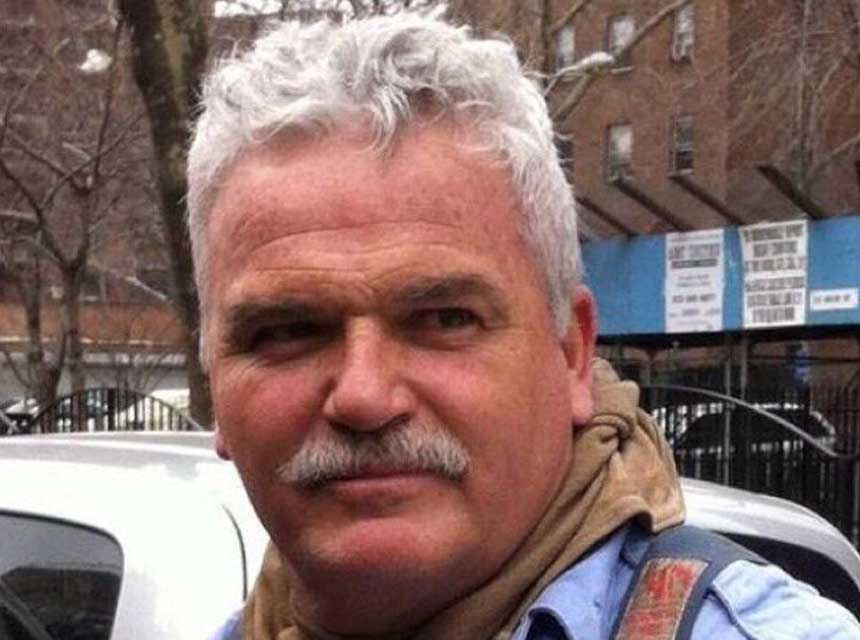
I have used the phrase “tightrope fire attack” in both my engine company operations and company officer leadership classes because it underscores a dangerous trend in the American fire service. The issue is a disturbing narrative that is often taught to new firefighters in training academies and in textbooks: that using small increments of water, specifically spray bursts, is safe and sufficient for interior fire attack. While the total amount of water needed to extinguish a flashed over, fully involved room is about a barrel’s worth of water, that’s not the problem. The problem is that short stream bursts do not provide a sufficient cooling effect for the nozzle team as they approach that fully involved room.
Two interior attack approaches work to reduce the thermal threat to the nozzle team, and both involve surface cooling. Using a flow-and-move approach means that the line will flow uninterrupted within the space as you approach the fire room; this technique was found to virtually eliminate temperature rebound. Another advancement technique is stop and flow, which treats cooling and advancement as separate actions. Using a stop-and-flow advancement technique means you must reapply the cooling technique to stop temperature rebound, which occurs again soon after the nozzle is shut down. One technique keeps the cooling effect constant whereas the other moves forward in a cycle of reapplication. Using a straight or solid stream will cover a large area of surfaces, reduce the thermal threat to firefighters, and move less air than a fog stream.
RELATED FIREFIGHTER TRAINING
Tactical Safety: Nothing Showing
Quality Hoseline Management for a Better Forward Advance
There are different approaches to almost everything we do, and fire attack is no different. Some endorse short stream bursts that deliver a limited water flow as the protective technique for approaching the fire room. The short stream burst method creates several issues. The first is the limited surface coverage it provides, whether it’s the ceiling, wall, or floor. The second is short stream bursts don’t contain enough water to reduce temperatures over a large area. Lastly, a short stream burst allows for almost instantaneous temperature rebound. Imagine cooling a small spot on a large surface and, in seconds, it’s heated again. This is the reality of a short stream burst, and that large surface in question remains hot.
Your approach to the fire room must be prudent otherwise conditions can change and rapid-fire events can occur. They can happen behind you as well.
One way to decrease the odds of this occurring is to apply water to cool surfaces as you advance. There is tremendous energy stored in items that are not currently burning, however they are often very close to ignition as you make your way inside. Applying your stream to interrupt this heating cycle protects other spaces that may not be involved in direct stream contact. While not every passage requires a continuous stream application, the use of short stream bursts as your counter measure when you’re in a hallway is like walking a tightrope where the fall can be fatal.
A ceiling dash where the nozzle bale is opened and closed in a blink of an eye is not a solid firefighting tactic because you haven’t diminished the conditions.
The short burst nozzle techniques true spreader event was most likely flashover training. Flashover container instructors used burst nozzle techniques to quell the fingers of impending doom while providing repeated fire growth cycles to cover teaching points. The problem is that what is seen is learned. What many picked up was that the fire environment responds well to short water bursts it does not. Remember that repeated flashes require fire survival and fire attack is not about fire survival.
Some large fire departments have taught this technique to their people. The old adage what you see here should stay here applies to this technique. Don’t walk a tightrope to extinguishment it’s too easy to fall off. Apply water as needed and not in short bursts because you are not reducing the energy needed to improve conditions.
When you open the nozzle, you need to get a positive result from it otherwise it’s like keeping it closed.
This is a potential trap as you move further along without significantly cooling around and ahead of you. The show must stop in real life. To do that we use the power of the stream to surface cool the area, stall temperature rebound, and get water into the fire room during the approach.
Keep Fire in Your Life
RAY McCORMACK is a retired lieutenant and 38-year veteran of the Fire Department of New York. He is the co-creator and editor of Urban Firefighter. He delivered the keynote address “True Values of a Firefighter” at FDIC 2009.

